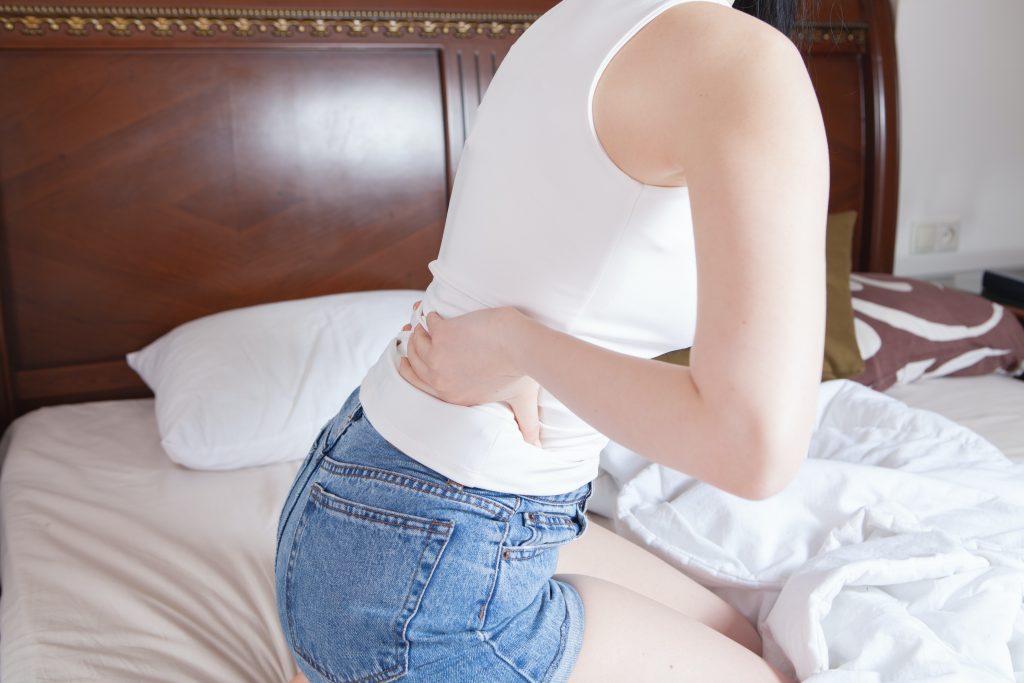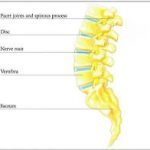
Low back pain can be debilitating
A Painful Epidemic
Low back pain casts a long shadow over the lives of millions, consequently diminishing quality of life and productivity. Indeed, it stands as a formidable adversary, often serving as the primary culprit behind missed workdays and a leading cause of global disability. While many instances of low back pain can be attributed to preventable factors, a comprehensive understanding of its root causes is essential to effectively manage and prevent this debilitating condition.
Unraveling the Anatomy
To comprehend the complexities of low back pain, it is imperative to delve into the intricate architecture of the lumbar spine. Notably, the lumbar spine comprises five vertebrae, a sacrum, and the coccyx. Between these bony structures, intervertebral discs function as indispensable shock absorbers, mitigating the impact of forces on the spine and preventing the vertebrae from grinding against one another. Moreover, ligaments serve as connective tissue, binding bones together, while tendons attach muscles to the vertebrae. Facet joints, in turn, facilitate spinal flexibility, enabling a range of motion that includes bending forward, backward, and sideways. Importantly, nerves exit the spinal cord through specific spaces between these joints.

Anatomy of the lumbar spine
The Multifaceted Origins of Low Back Pain
A myriad of factors converge to precipitate low back pain. Consequently, identifying the precise cause can be challenging. Generally speaking, low back pain can be attributed to mechanical issues, internal problems, or psychological factors.
- Mechanical Malfunctions: Poor posture, for instance, serves as a common culprit. Additionally, improper bending techniques, prolonged periods of sitting, and excess weight can place undue stress on the spine. Furthermore, degenerative conditions such as arthritis, stenosis, and herniated discs can contribute to low back pain.
- Internal Disturbances: In some cases, low back pain may originate from within the body. For example, kidney stones, infections, blood clots, bone loss, or cancer can manifest as pain in the lower back.
- The Mind-Body Connection: Accumulating evidence suggests a strong correlation between psychological factors and the development of low back pain. In particular, research indicates that individuals grappling with depression are at a heightened risk of experiencing low back pain.
Lifestyle and Genetics: A Complex Interplay
While genetic predisposition may play a role, lifestyle factors undeniably exert a significant influence on back health. Maintaining a healthy weight, for example, is crucial. Excess weight places additional pressure on the joints, including those in the spine. Furthermore, engaging in regular physical activity is essential for strengthening the muscles that support the spine. Conversely, prolonged inactivity or bed rest can weaken these muscles, thereby increasing susceptibility to pain. In addition to exercise, prioritizing sleep, hydration, and a balanced diet contributes to overall spinal health.
Seeking Professional Guidance
When low back pain persists, seeking the expertise of a healthcare professional is advisable. A thorough evaluation can help pinpoint the underlying cause and facilitate the development of an appropriate treatment plan. Physical therapy, in particular, often plays a pivotal role in managing low back pain by enhancing strength, flexibility, and posture.
Prevention: The Cornerstone of Back Health
By proactively incorporating preventive measures into daily life, individuals can significantly reduce their risk of developing low back pain. Maintaining good posture, practicing proper lifting techniques, and taking regular breaks from sitting are essential. Moreover, managing stress and prioritizing mental well-being contribute to overall spinal health.
Remember: This blog provides a general overview of low back pain. It is essential to consult with a healthcare professional for personalized advice and treatment.
In the subsequent blog post, we will delve deeper into specific exercises and stretches designed to alleviate and prevent low back pain. Stay tuned for practical guidance.
References
https://acrjournals.onlinelibrary.wiley.com/journal/21514658?journalRedirectCheck=true

